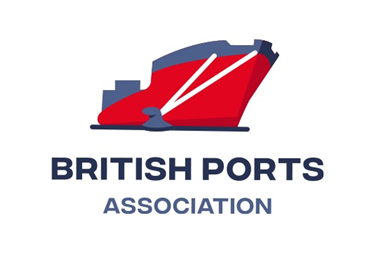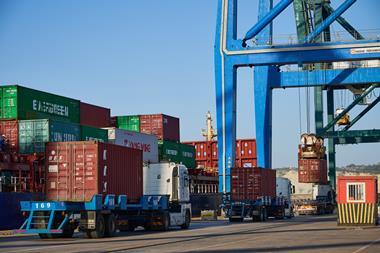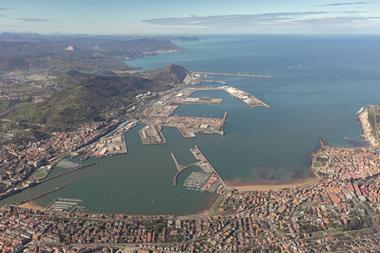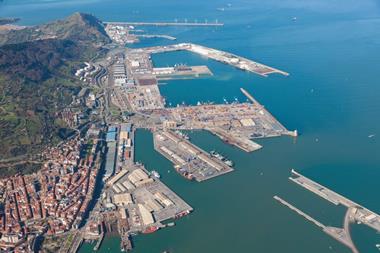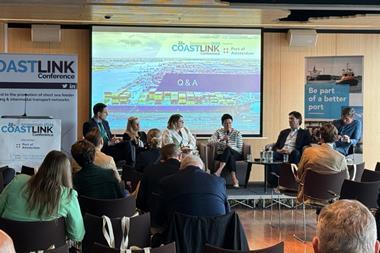“We are in this together” – these words from Dorine Bosman, Chief Investment Officer of the Port of Amsterdam, set the scene for the first day’s discussions at Coastlink 2024.
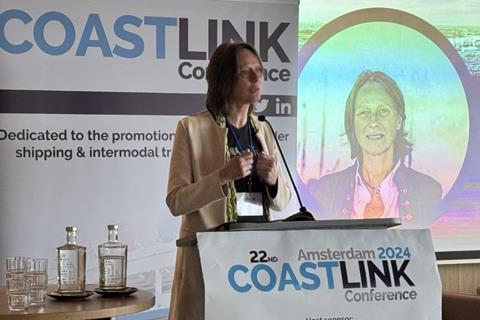
“Efficient and sustainable transport connections between regions and close cooperation to transform energy systems towards the use of more renewable energies are crucial activities we are all dealing with,” said Bosman. Calling for friendship and working together, she told delegates: “We talk about the coalition of the willing; we would like to transform this to the coalition of the doing. As a European port we truly believe in this power of relationships.”
Discussions during the first day of the conference centred around collaboration and the importance of sharing information and working together.
Several speakers reflected on the relative strength and rising importance of shortsea shipping. In his keynote speech, Johan-Paul Verschuure, Director of Rebel Ports & Logistics, said: “Shortsea is gaining more importance relative to overall trade.”
He highlighted the shortage of truck drivers in the UK and across Europe, which has led to more demand for unaccompanied ro-ro; rather than traditional accompanied ro-ro via the Dover Strait, the freight is, as a result, moving closer to the end market, he said. When comparing total logistics costs end-to-end, including trucking, port, shipping and inventory costs and also adding in emissions charges – for example, €100 or €200 per tonne of CO2 – the balance changes and key areas lose competitiveness, said Verschuure. “Hinterlands will contract, cargo will come from closer to ports, and you will have smaller ports,” he predicted. However, even as demand goes up, it is not easy to find more space, he warned. The transition to new fuels that require more storage space will create even more of a squeeze on space.
Sabine Kilper, Senior Research Analyst at Toepfer Transport, discussed Europe’s ageing shortsea shipping fleet and the urgent need for fleet renewal. With an average age of almost 25 years, the container feeder fleet is reaching the end of its lifecycle, said she said. “However, the good news is that the orderbook has been increasing – 193 ships, or 7.69% of the trading fleet. Shortsea is getting more attention.”
Many older ships are still in shape “but of course not very fuel efficient”, she noted. “A big driver for the ships orderbook is the green transition. People want a modern, fuel-efficient, low-emission fleet. Also, in the last two to three years, the market has become much more profitable and we now have the power to invest these profits into new ships.”
Having said that, earnings remain a vital focus. “We need a business case; we cannot dream of a green world without earning money.”


